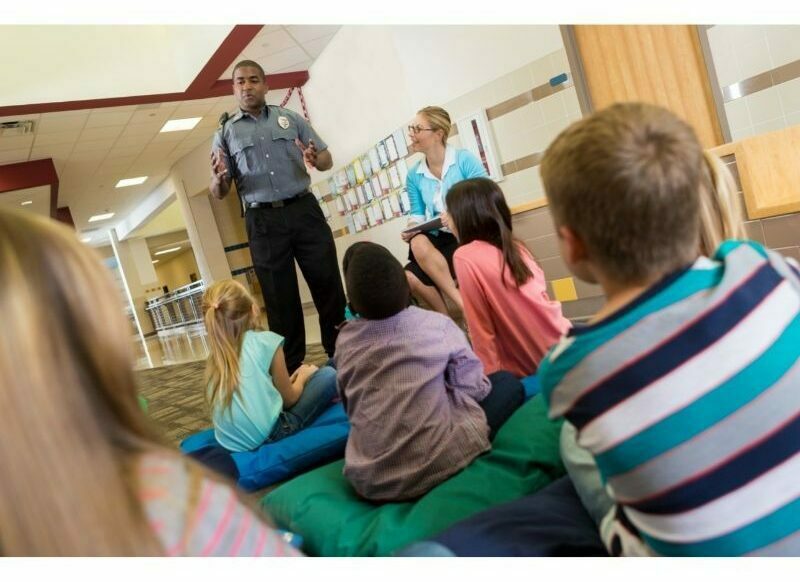
Medical facilities that were once considered safe havens are not immune to acts of violence. Statistics show that between 2000-2022, there were 154 incidents of healthcare shootings and 235 injuries. Motives for such violence range from estranged spouses to fired employees. What if an active shooter threatened your healthcare setting?
What is an Active Shooter?
 An active shooter is defined as “a person or persons who appear to be actively engaged in killing or attempting to kill people.†Here are some tips on what to do if an active shooter threatens your healthcare setting from an experienced healthcare professional.
What to do if an active shooter threatens your healthcare setting
 First thing the facility should do is have good policies and procedures in place.
Here is an example:
- Â The first employee to identify an active shooter situation should call 911 immediately.
The facility should have a code system already in place. The employee then calls the facility’s emergency number to report the shooter, location and description of the person, type of weapon and direction they were headed.
- Â Evacuate patients, visitors and other staff if safe to do so.
Â
What if an active shooter comes into your area or enters your unit or office/meeting room?
- Â Stay calm.
- Â Try not to do anything that will provoke the shooter(s).
- Â Negotiate with them only as a last resort when your life is in imminent danger.
- Â If the shooter leaves the area, barricade the room or get to a safer location.
Â
What if the shooter is at a distant location or you are unable to safely leave the area?
Â
- Â Stay calm.
- Â Warn other staff, visitors and patients.
- Â Go to a room that can be locked or barricaded.
- Â Lock doors, turn off lights, close blinds, block windows, silence cell phones, stay out of sight and take cover.
Â
Shelter Shutters come in very handy during this part of the scenario. They can be quickly closed to completely black out the vision into the room.
Â
What if you are outside and encounter an active shooter?
Â
- Â Stay calm.
- Â Move away from the shooter(s) or sound of gunshots.
- Â Look for appropriate cover or protection.
- Â Call 911 and give location and description.
Â
It is always good to have an escape route and plan in mind prior to an active shooter situation. This should be discussed by unit leadership and a plan should be put into place. Remember that law enforcement will always arrive and the following steps should be followed.
Â
Steps to follow when law enforcement arrive during an active shooter threat
Â
- Â Drop what is in your hands.
- Â Keep your hands above your head and visible at all times. Police do not know if you are the perpetrator or not.
- Â Do exactly what the Law Enforcement Officers say.
- Â Do not run toward an officer unless told to do so.
- Â They may push you to the ground for safety-both yours and theirs.
-  Do not interrupt the officer’s mission to stop the shooter(s).
- Â Once all is clear, there should be a method in place to notify everyone that it is safe to come out of sheltering.
Â
After the incident is over, you will be directed what to do next. The incident command team will work with the police/SWAT teams after they arrive. Most often employees involved in the incident will be questioned.
Â
In summary, it is important to have a good procedure in place for such a scary event. Shelter Shutters can help your staff feel more safe and have a quick, effective and simple way to block views into rooms. Visit our website today for more information.
Â
Linda Hageman is a Physical Therapist Assistant that has been employed in the healthcare industry for over 30 years. She worked in many different settings, including Hospital, Nursing Homes, Neuro and Pediatric Rehab Facilities, Work Hardening clinic, Outpatient Rehab Centers and Home Health Care. She also sat on several patient safety committees and has a personal passion for keeping patients and staff safe from hazards in the workplace.Â